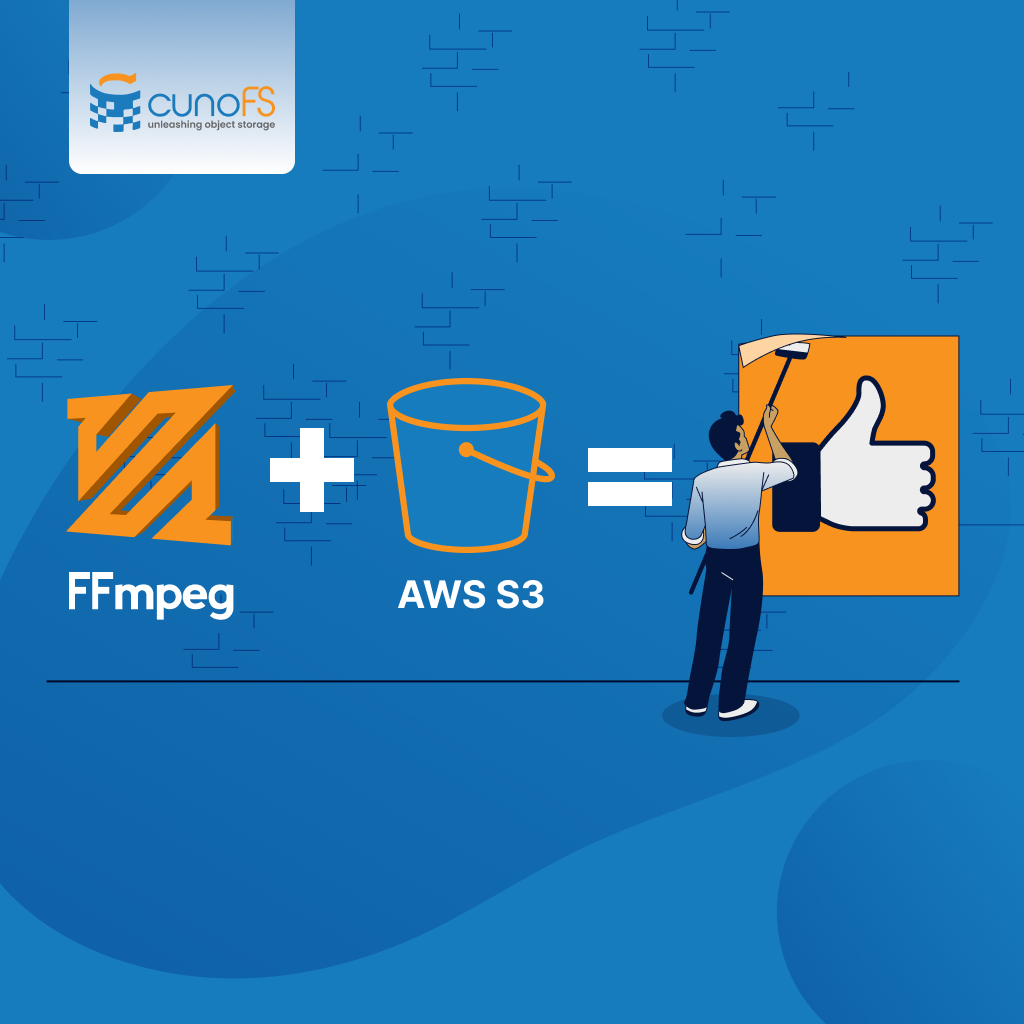cunoFS Launches Windows-native Client at IBC 2024 to Transform Cloud-Based Media Workflows
Cambridge, UK, September 2024 – cunoFS, the high-performance mount client designed to revolutionize cloud workflows for the media and entertainment industry, is excited to announce the launch of its Windows-native client at IBC, with a macOS-native client coming soon. This marks a major milestone for cunoFS, showcasing its cutting edge technology at one of the …











